Thatcham Research is urging car buyers to only choose models with a five-star Euro NCAP rating as it celebrates 20 years of crash testing in the UK.
The tests expose hidden dangers in top-selling family cars, forcing a fundamental rethink in the way vehicles are designed to prevent injuries and save lives. Today, nine out of 10 cars sold on the European market hold a Euro NCAP rating.
To underline the advances in safety and to mark the 20th anniversary of Euro NCAP a 1997 Rover 100 and a current Honda Jazz were crash tested side-by-side.
Thatcham Research estimates that advances driven by rigorous testing has helped deliver a 63% reduction in car occupants killed and seriously injured, from 23,000 in 1997 to 8,500 in 2015.
Over the same period the number of pedestrians and cyclists killed or seriously injured has fallen by 40 per cent, from 14,500 in 1997 to 8,500 in 2015.
Since 1997 Euro NCAP has assessed 629 different car models, resulting in nine out of 10 cars now sold in Europe holding an official Euro NCAP rating. Safety technologies that were non-existent or optional at best - such as driver and passenger airbags, side curtain airbags, seatbelt reminders and electronic stability control – are now standard on most cars sold in Europe.
Thatcham Research is calling on manufacturers to make AEB (Autonomous Emergency Braking) standard fitment, to prevent thousands of accidents. It estimates that if AEB that can sense pedestrians and cyclists became standard on every new car sold in the UK, it would save 2,700 pedestrian and cyclist deaths and serious injuries every year. Over 20 years, this would mean 54,000 fewer.
“Euro NCAP has fundamentally changed the way that vehicle buyers and vehicle manufacturers value safety,” said Peter Shaw, chief executive at Thatcham Research. “In 1997, many motorists were still choosing not to wear seatbelts. Only a few years later we were demanding airbags, side impact protection and other safety systems. You’re now twice as likely to walk away from a car cash compared with twenty years ago. These major changes in the way people and manufacturers prioritise safety are all thanks to Euro NCAP.”
In the first ever Euro NCAP test, of seven popular ‘super-mini’ sized cars, the Ford Fiesta and Volkswagen Polo each achieved three stars out of the then-maximum of four, based on protection levels offered to adult occupants.
The top-selling Rover 100 achieved only one star while the Fiat Punto, Nissan Micra, Vauxhall Corsa and Renault Clio achieved only two. When pedestrian protection was assessed, no vehicle scored more than two points, suggesting that manufacturers were not designing front ends with vulnerable road users in mind.
Leading car manufacturers attacked the tests, claiming they were so severe that it was ‘impossible’ to achieve four stars. Five months later, however, Volvo’s S40 became the first four-star car for occupant protection. Manufacturers now compete to out-perform rivals in Euro NCAP tests - and regularly use the ratings in their advertisements.
New technologies being tested by Euro NCAP for inclusion in the 2018 rating system, include: Lane Assist systems to control steering if there are potential risks; tests to reduce crashes at junctions; Pedestrian AEB that works at night time and new AEB cyclist detection tests to encourage manufacturers to further enhance these important technologies.
Want to know what the Honda Jazz was like before the Euro NCAP test? Read our long-term reviews here.



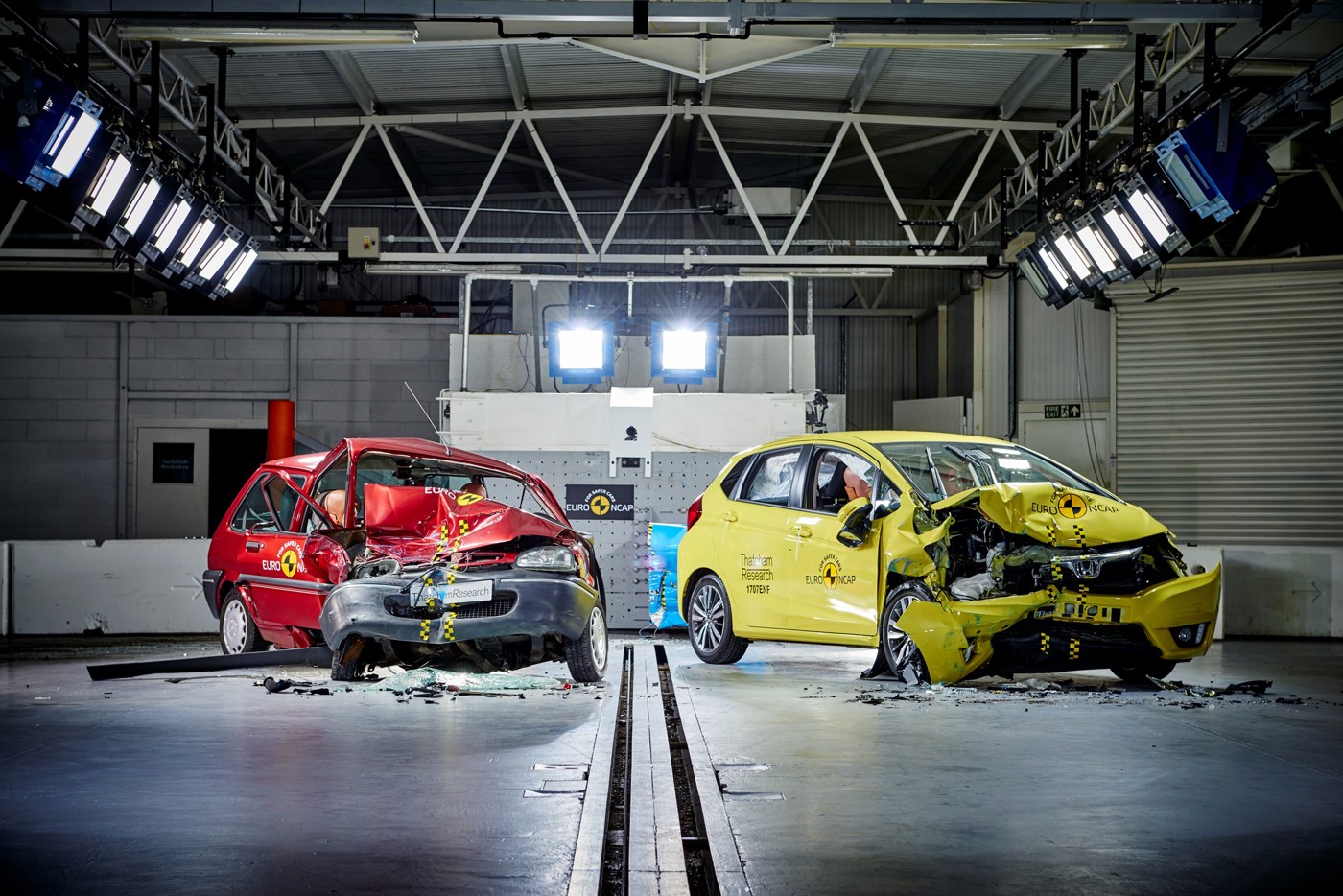
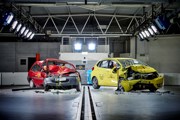




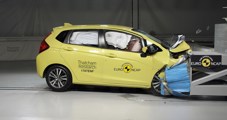
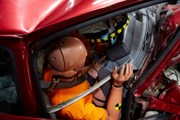
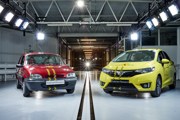
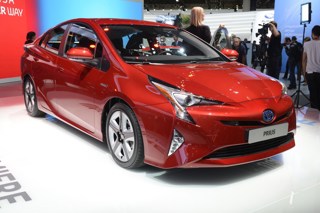
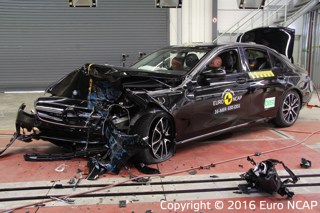















Login to comment
Comments
No comments have been made yet.